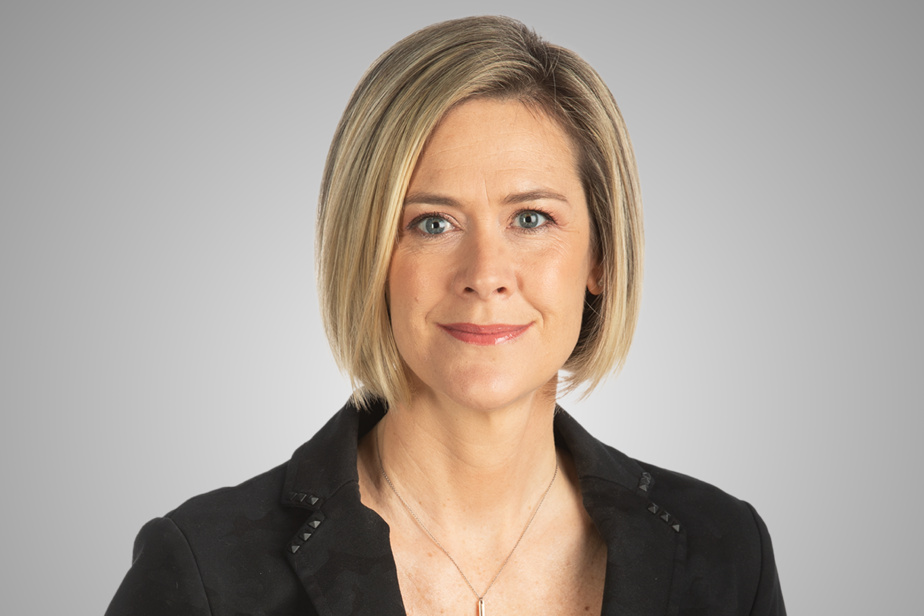We know there is something wrong with the real estate market when a large number of homeowners find themselves paying their mortgages upside down.
And the new rise in interest rates will make the problems worse. On Wednesday, the Bank of Canada raised its key rate by 0.25 points, to set it at 5% – a high in 22 years – while it was practically zero 16 months ago.
This dramatic rise took those who bought during the height of the pandemic by surprise. Driven by the madness of one-upmanship, they overpaid a house whose value had already fallen. Doubly unfortunate, they must now absorb the sharp increase in their mortgage payments.
The problem is exacerbated because an exceptionally high proportion of Canadians who have taken out a mortgage in recent years have opted for a variable rate. More than half, in fact.
How to blame them? The head of the Bank of Canada himself assured that rates would remain low for a very long time.
Today, this decision is costing them dearly. On a $500,000 adjustable rate mortgage, for example, the monthly payment may have jumped almost $1,400. What demolish a budget.
But many homeowners will experience the delayed shock, as three-quarters of variable rate loans have fixed payments. The monthly payment does not change when the rates increase: there is simply a greater portion of the payment which is used to pay the interest, rather than to repay the principal.
But from a limit rate (trigger rate), which most mortgages have reached, the monthly payment is no longer enough to cover the interest. Some lenders then ask customers to increase their payment. Others allow them “negative amortization”.
It’s as if they let them repay their loan in reverse.
Unpaid interest snowballs and increases the balance from month to month, stretching the period needed to pay off the loan. Some clients find themselves for a while with an amortization of 60, 70 or even 90 years, as evidenced by mortgage brokers1.
The problem is not anecdotal: more than a quarter of residential loans granted by banks currently have an amortization of more than 30 years.
But strangled owners can’t shovel problems forward forever. When renewing their loan, they must return to the initial amortization which cannot exceed 25 years (or 30 years with a down payment of at least 20%).
Like an accident in slow motion, we can already see the owners who will hit a wall when they have to renew their loan in a few years.
So Ottawa was well advised to throw them a lifeline. Last week, the Financial Consumer Agency of Canada (FCAC) called on financial institutions to provide relief to households at risk of mortgage default2.
In some circumstances, lenders will have to waive charging fees or penalties and also be careful not to charge interest on interest. In addition, the FCAC expects a lender not to take advantage of the vulnerability of a customer, unable to qualify with another lender, to renew his mortgage loan at a disadvantageous rate.
This is all well and good…provided banks apply these guidelines proactively.
But the fact that we had to throw a lifeline proves that the safeguards we had put in place were not high enough. Let’s pick them up. Prevention is better than cure.
In this regard, it is encouraging to see that the Office of the Superintendent of Financial Institutions (OSFI) launched a new consultation on Tuesday to encourage banks to reduce the number of loans with negative amortization.
A tightening of the regulatory framework will help avoid future slippages, while the ground is increasingly slippery, given the high level of household debt.
Inevitably, a tightening of the rules will further complicate access to property, which has never been so difficult in a generation. It’s a shame for buyers who will have to aim lower or postpone their dream of becoming homeowners. But that’s better than stretching the rubber band of indebtedness until it jumps in our face.
